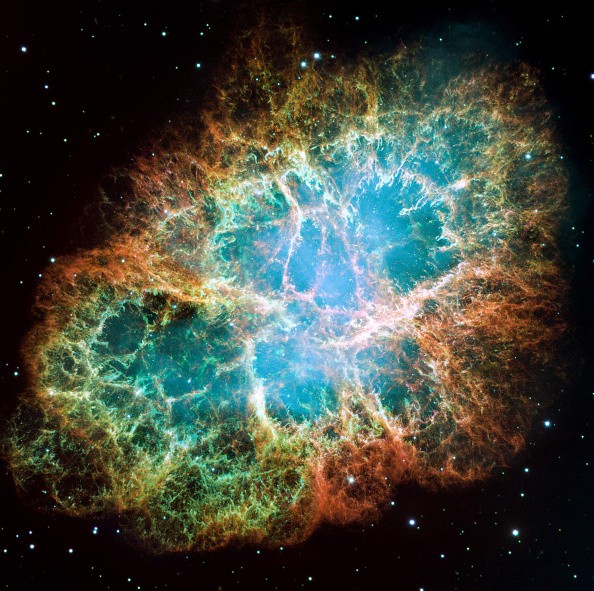Scientists have gained a greater understanding of how the Sun's activity affects Earth in the last few years, and this understanding will further improve owing to the victorious deployment NASA's Parker Solar Probe.
Our planet and life on Earth have already been affected in small to moderate ways by the Sun's activities. Researchers turned to other stars like the Sun to gain knowledge of evolution and its influence on our planet's future.

Yellow-dwarf (G2V) Star
The Sun is a main-sequence yellow-dwarf (G2V) star in the constellation of the Sun. It's 4.6 billion years old, which means it's halfway through its predicted 10-billion-year existence, according to News Break.
Neither a red dwarf nor a hypergiant-the biggest, most energetic, and most unpredictable star type in the cosmos-has the mass and burns so slowly that they may survive the universe itself.
As a result, stars like the sun are able to support planets in the so-called Goldilocks zone, where temperatures are just suitable for the emergence of life that resembles that of humans.
The center of the Sun is incredibly hot, with temperatures surpassing 27,000,000 degrees (or 15,000,000 degrees Celsius) being a reasonable estimate. The Sun's interior can support nuclear fusion at high temperatures and a large enough mass.
Lighter elements such as hydrogen are therefore transformed into heavier ones, all the way up to and including oxygen, which is crucial to our continuous existence on our planet.
How Long Will it Take the Sun to Swallow Earth?
In spite of researcher's knowledge that the Sun will not engulf Earth for a long time, its behavior as the star matures will nevertheless have an impact on our planet.
Researchers are examining EK Draconis, which is situated roughly 111 light-years from Earth, to get insight into our Sun's history, present, and future. Like the Sun, it's a G-type yellow dwarf star. The age of the object is uncertain, and many people have put different numbers on it.
There have been some claims that it is older than the Sun, but most scientists believe it to be between 50 and 150 million years old, giving us a glimpse of what the Sun looked like 4.5 billion years ago.
The star seems to meet all the criteria for classification as a Sun-like star despite its apparent age mismatch.
The Sun and EK Draconis may not be as steady as originally assumed, according to a new study. A multinational team of astronomers spotted a massive coronal mass ejection coming from EK Draconis, which is far larger than anything our Sun has ever produced.

Astronomers' Observation on EK Draconis
It took more than 32 nights of observations throughout the winter and spring of 2020 to produce this research, which was published in Nature Astronomy on December 9th.
NASA's Transiting Exoplanet Survey Satellite (TESS) and the SEIMEI Telescope of Kyoto University were targeted towards this system with the goal of seeing a CME, and they did!
A superflare was seen on April 5th, 2020, from the star. Within 30 minutes, a stunning CME was seen erupting from the star's surface at a speed of 994,194 miles per hour (1.6 million kilometers per hour), making it ten times bigger and ten times more powerful than any other CME scientists have seen originate from a Sun-like star.
Earth's sun, hypothetically, may see a superflare at some point in the future, although it's unlikely. The sun's superflares, according to Notsu, are far larger than the flares that were observed from the sun.
The results of the scientists suggest that the sun may also be capable of such severe extremes, which is bad news for life on Earth. Super coronal mass ejections aren't as common near the sun as superflares are, so don't expect to see one anytime soon.
Related Article : "Blinking Giant" Star Spotted by Astronomers Near the Center of the Milky Way Galaxy
For more news, updates about the star and similar topics dont forget to follow Nature World News!
© 2025 NatureWorldNews.com All rights reserved. Do not reproduce without permission.




